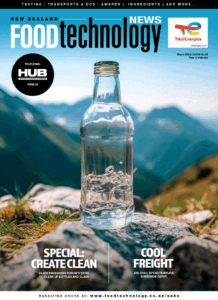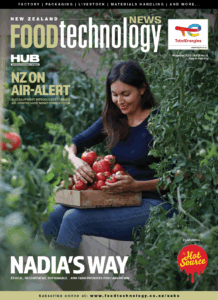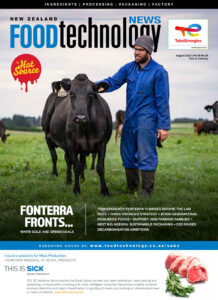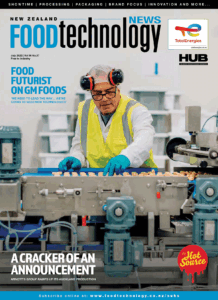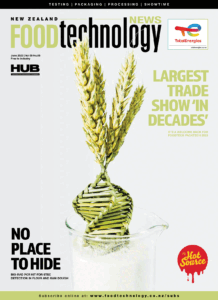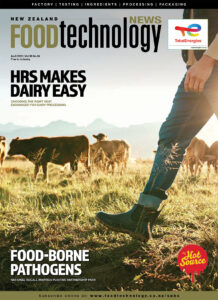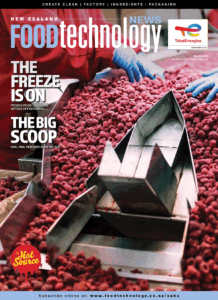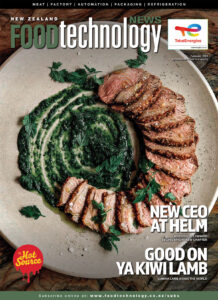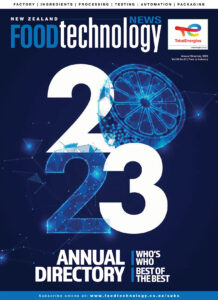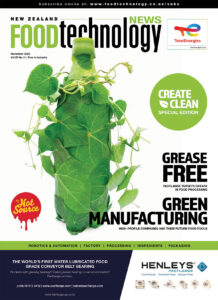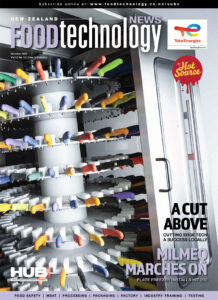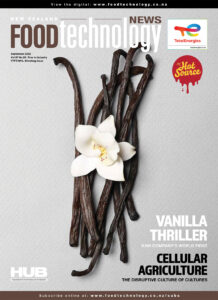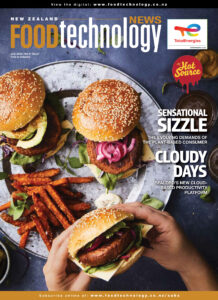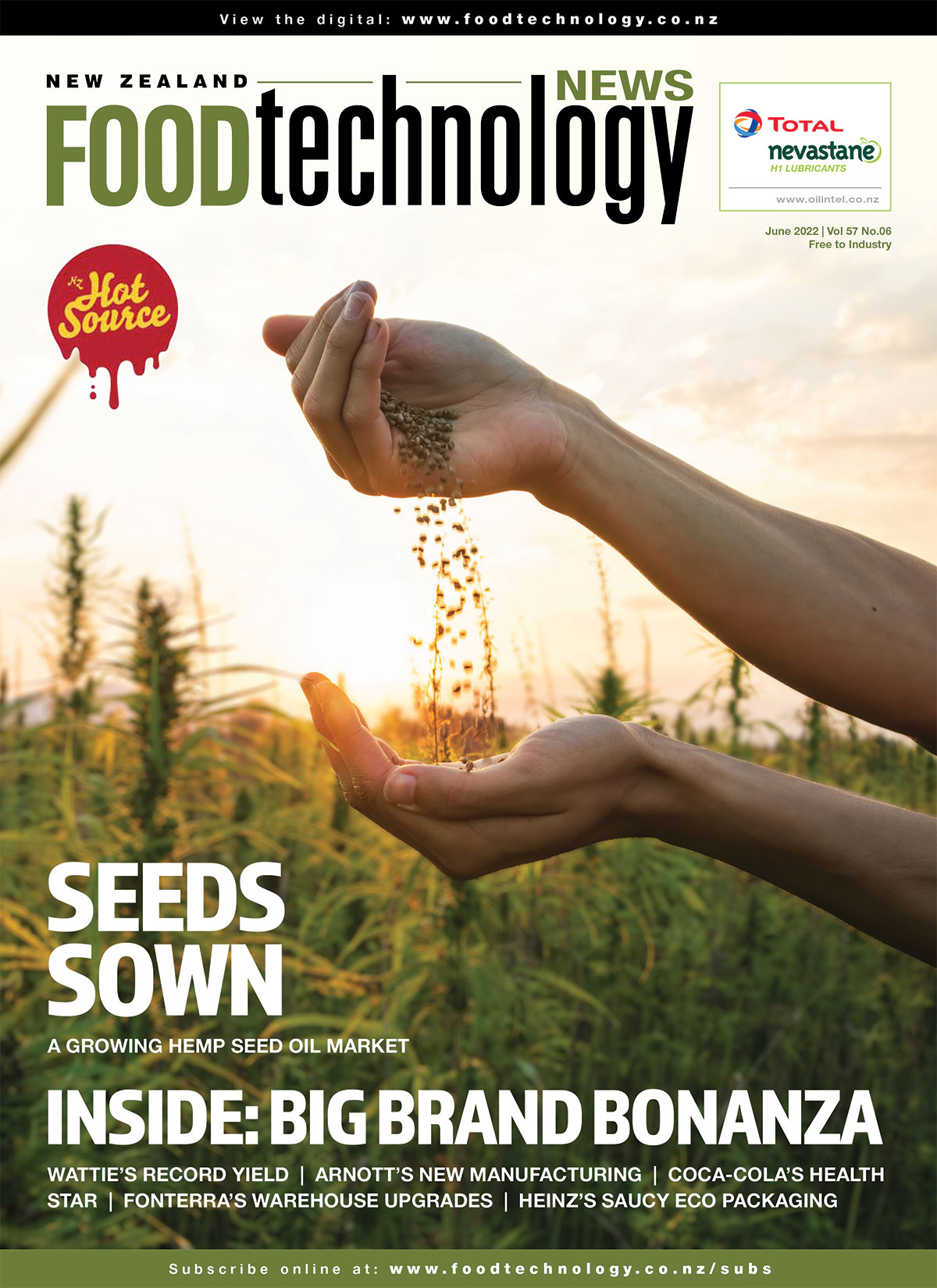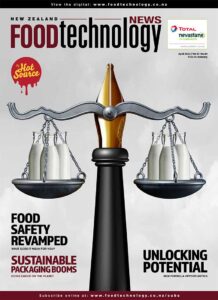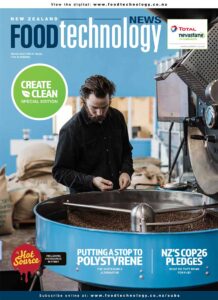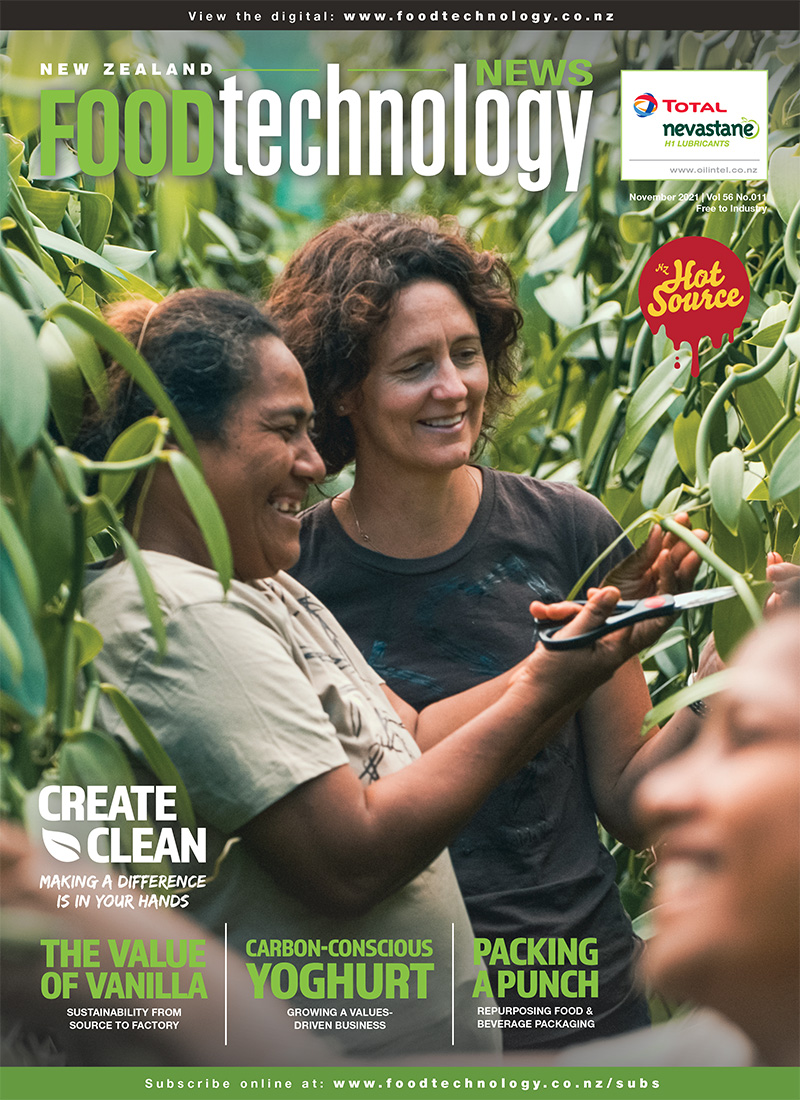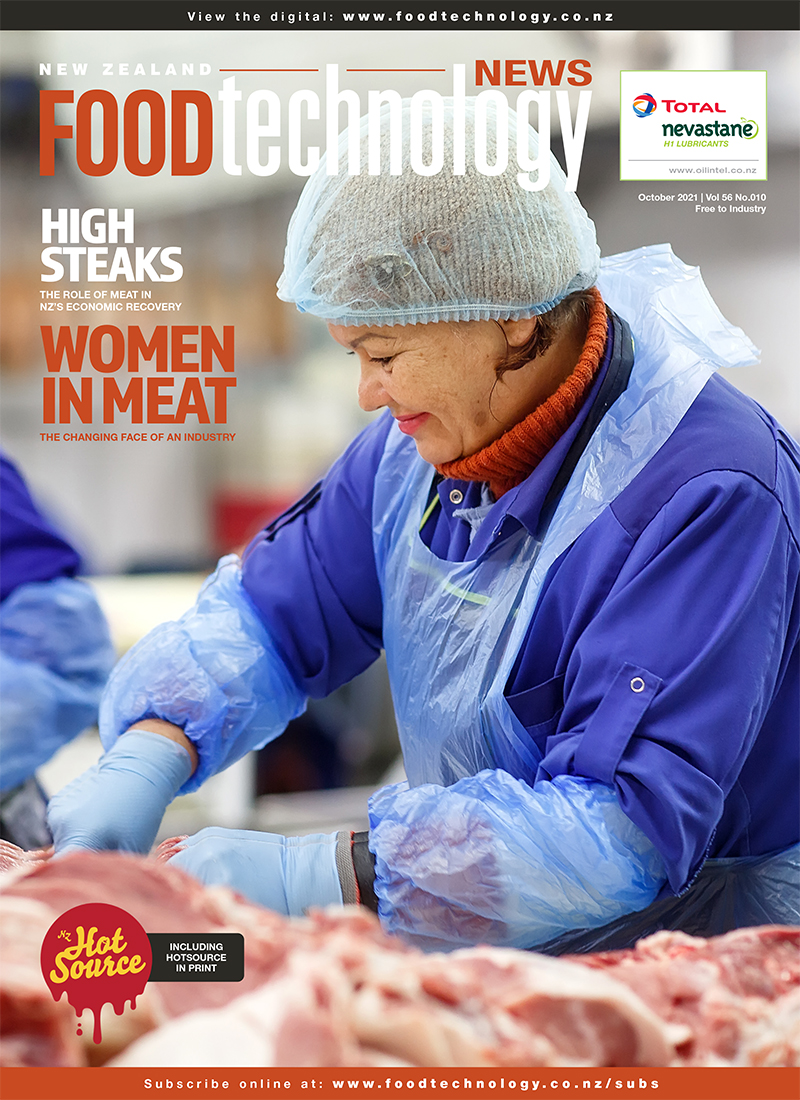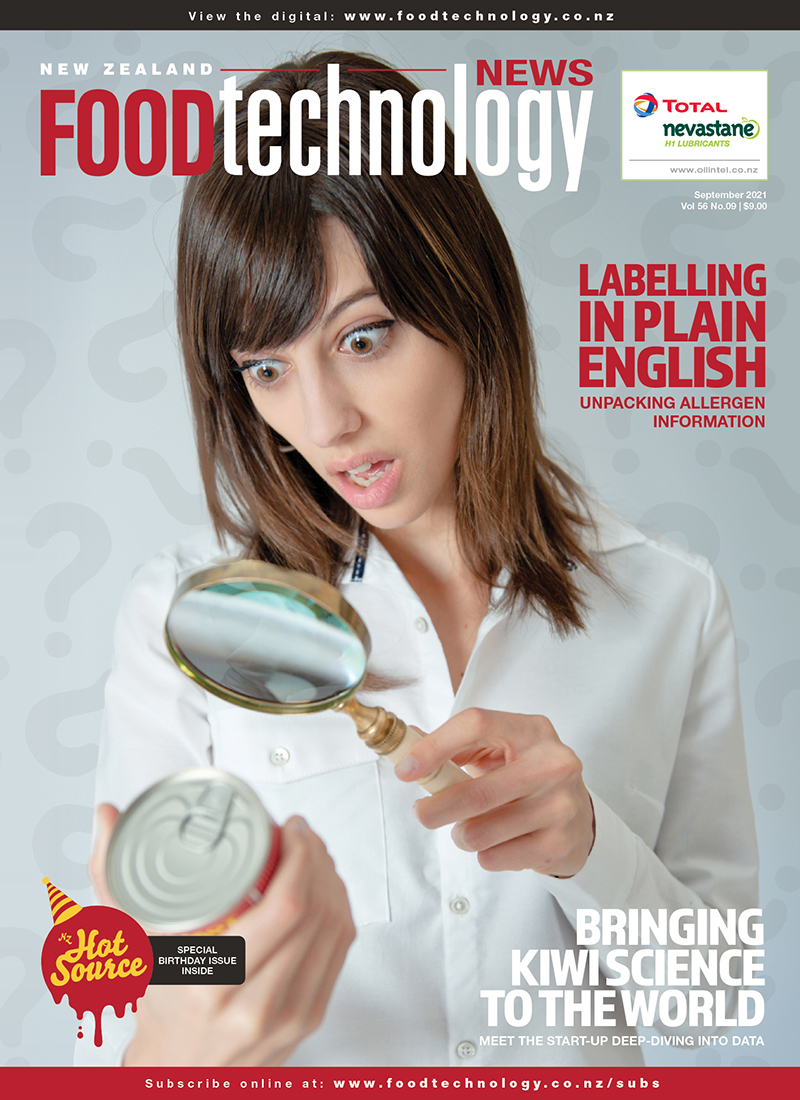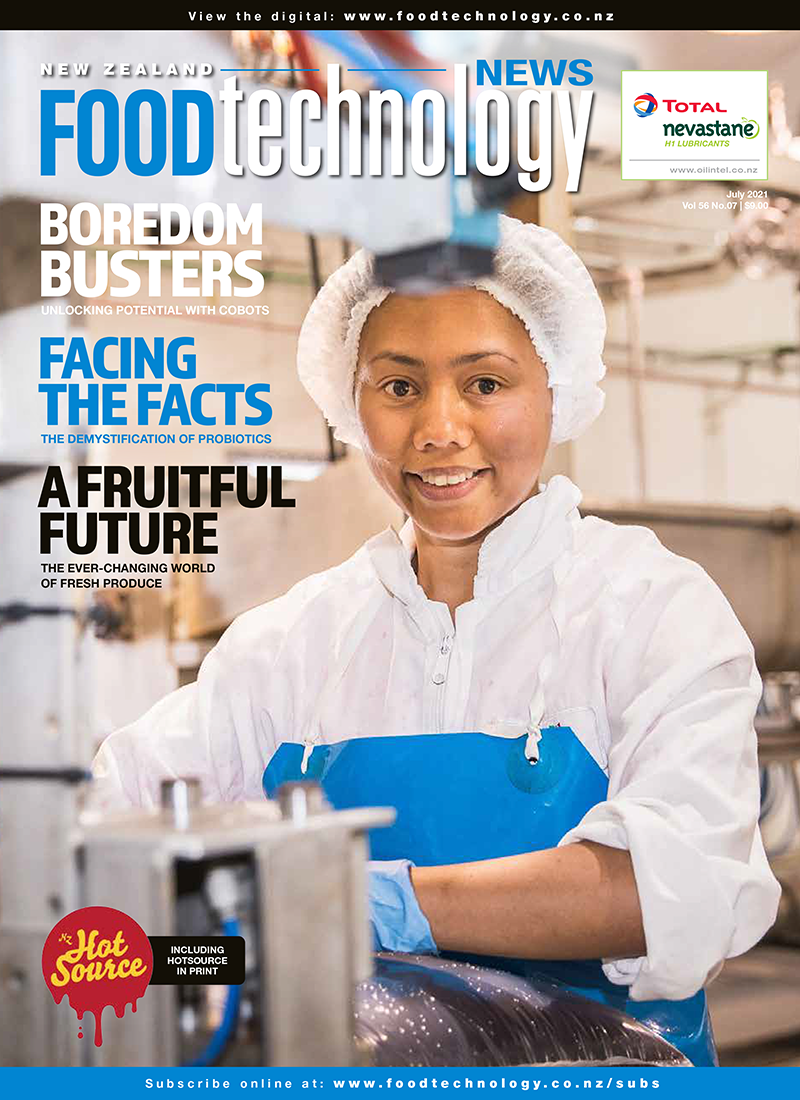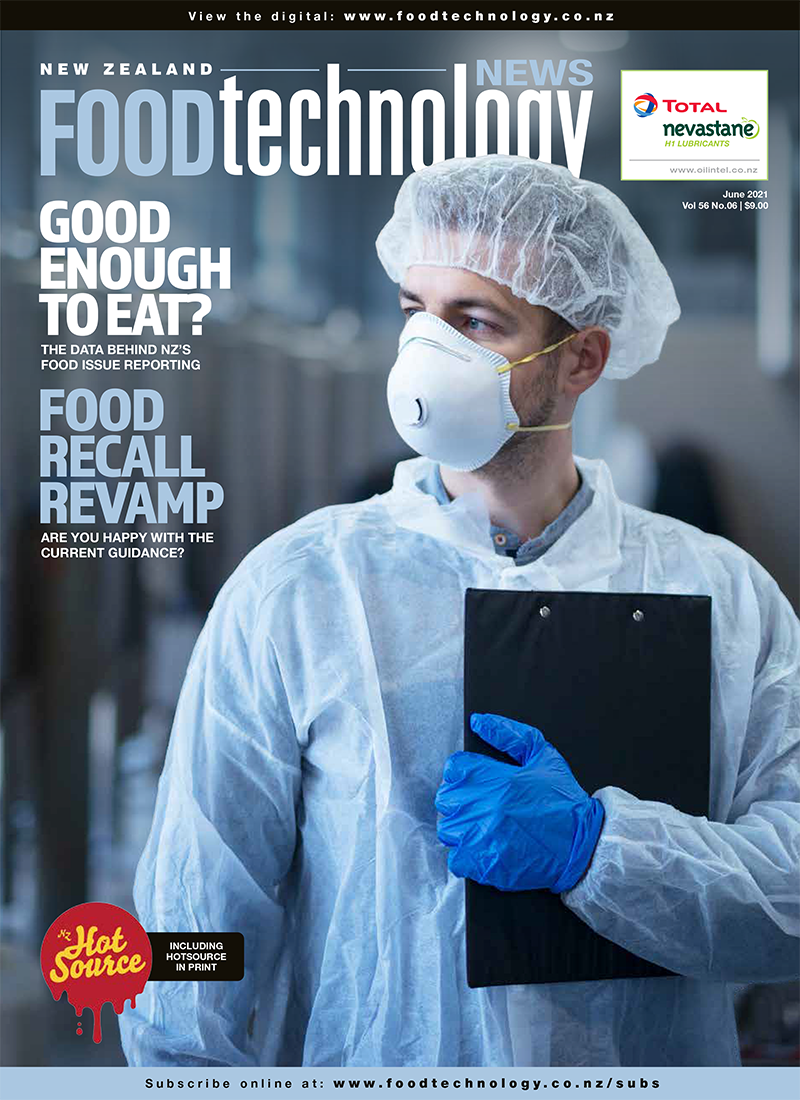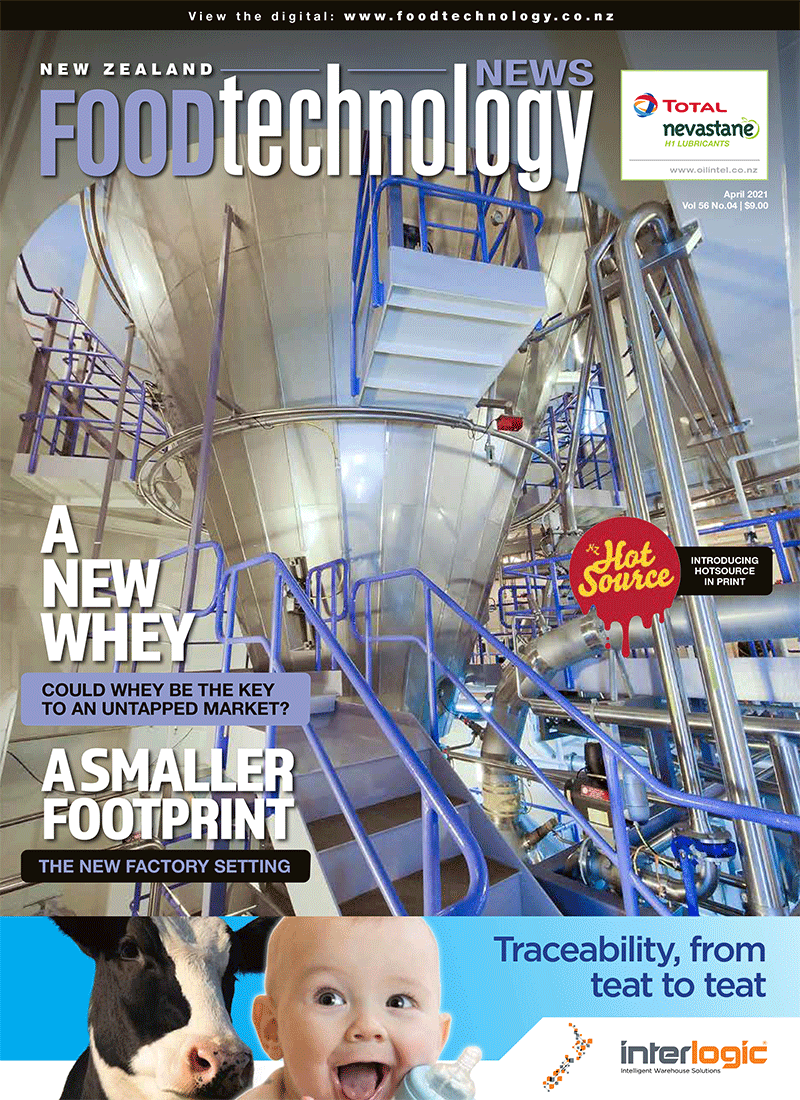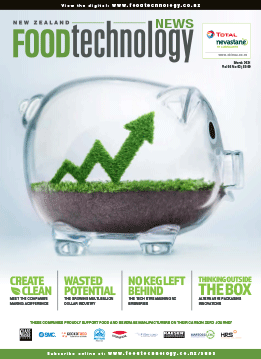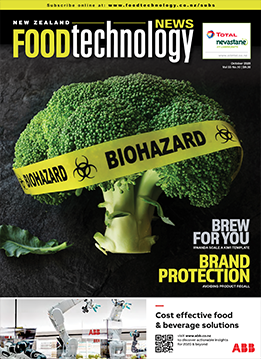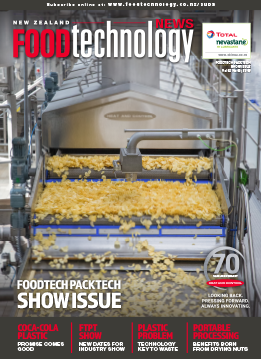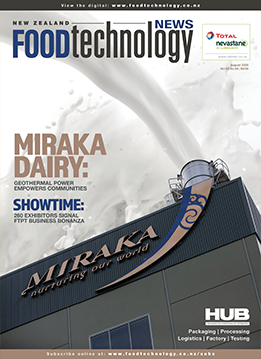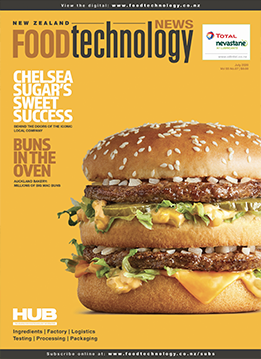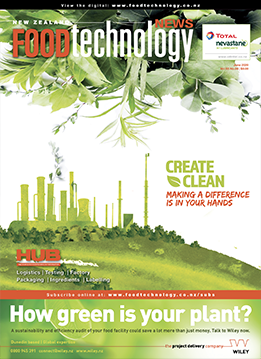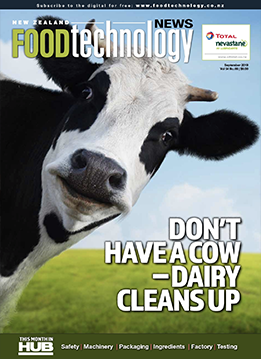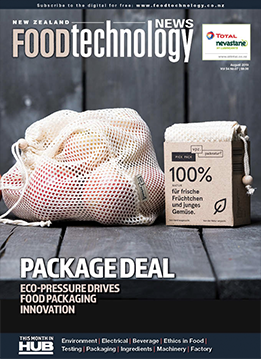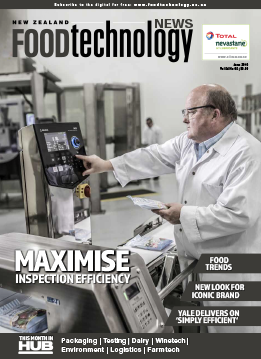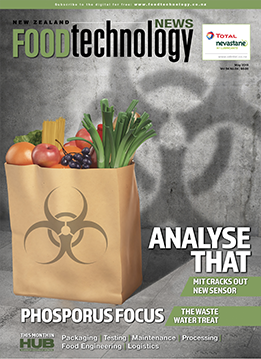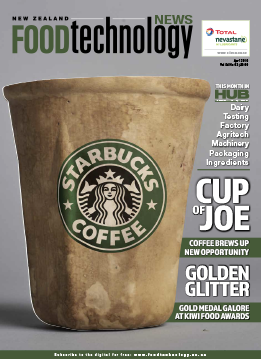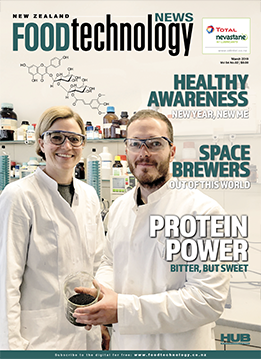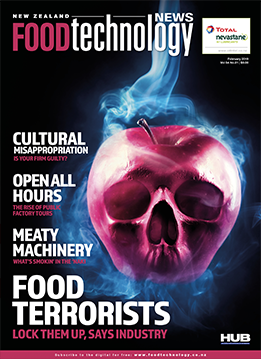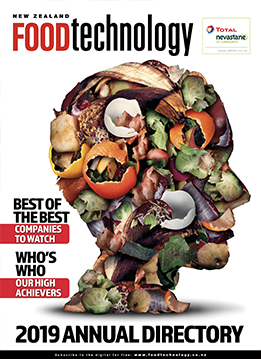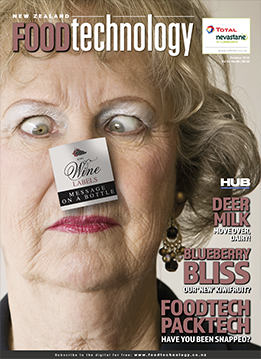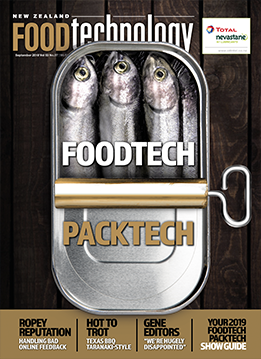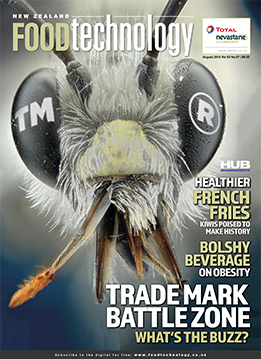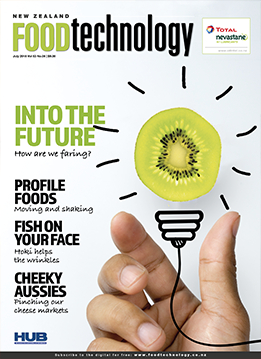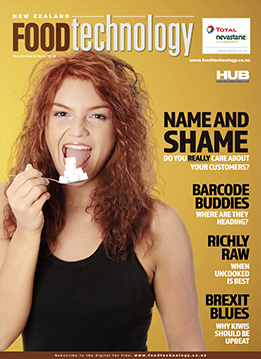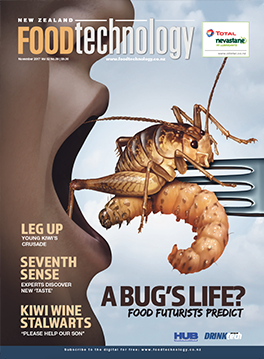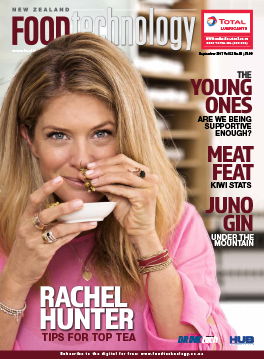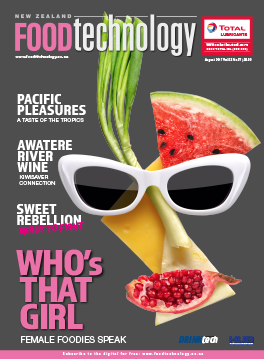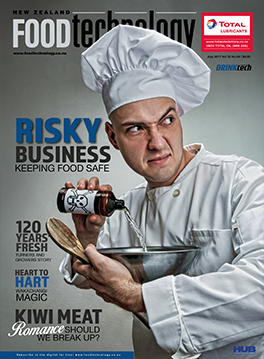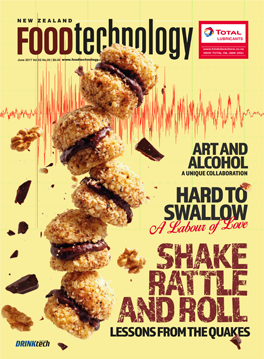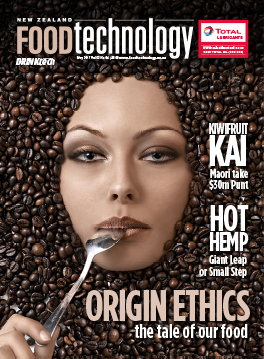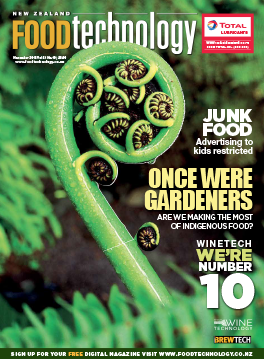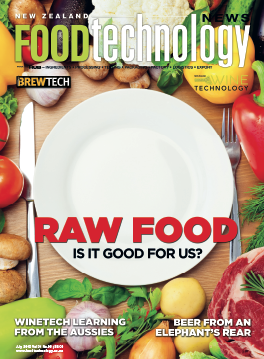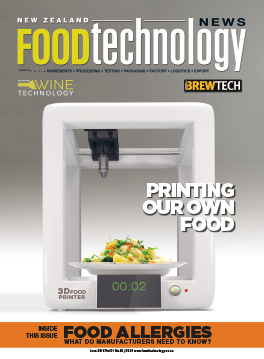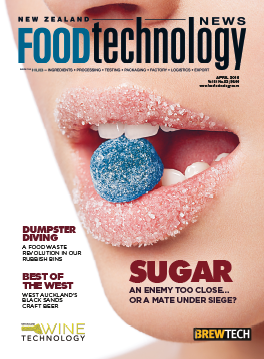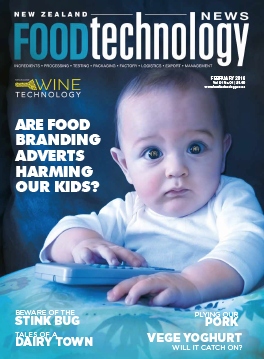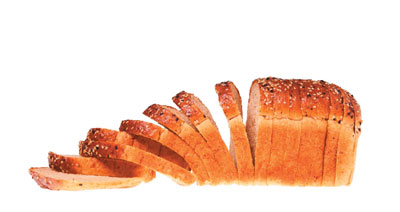
By Julie Collins director of biosecurity, food, and animal welfare Ministry for Primary Industries
Following a thorough consultation process, the Food Safety minister has decided voluntary fortification of bread with folic acid will remain the standard. The Ministry for Primary Industries (MPI) conducted the eight week consultation, which outlined four options for how bread could be fortified into the future. The options ranged from 100 per cent mandatory through to entirely voluntary fortification of bread with folic acid.
The message that came through clearly from the submitters was that people want to be able to choose whether to eat folic acid fortified bread: Of the 132 submissions received, 90 submitters supported voluntary fortification in some form.
The new standard has taken the submissions and the latest scientific evidence into account. Under the standard – called New Zealand (Permitted Fortification of Bread with Folic Acid) Food Standard 2012 – MPI will work with the baking industry to develop a voluntary code of practice to fortify towards half of New Zealand breads with folic acid.
We know that when women eat enough folate in the four weeks before getting pregnant and for the first three months of their pregnancy, they reduce the risk of their baby developing a neural tube defect (NTD) such as spina bifida or anencephaly.
Fortifying certain foods, such as bread, with folic acid (the synthetic form of folate) is seen as a way to increase folate levels.
New scientific research shows that New Zealand women’s red blood cell folate levels have already increased in the past two years under the existing voluntary fortification of bread. In addition, scientific modelling shows that a good reduction of NTDs can occur by fortifying up to half of sliced bread while still allowing for consumer choice.
It is important to note that fortification of foods is just one part of a number of initiatives already in place to boost the folate levels of women of childbearing age. There are also Ministry of Health initiatives such as education programmes and subsidised folic acid tablets available on prescription.
It is good regulatory practice to introduce new regulation only where it is required, for example because a problem cannot be adequately addressed through private arrangements.
MPI continually monitors folic acid fortification of the food supply generally as part of our food safety responsibilities.
Routine audits of bakeries, carried out under the Food Act, will include checks of bakeries’ claims of adding folic acid to their products. Bakeries that do fortify their bread will be expected to have adequate record keeping systems, evidence of supplies of folic acid and recipes that call for its use, and other supporting systems in place.
The Australia New Zealand Food Standards Code requires that food labels contain information about any vitamins that may have been added and this includes folic acid. This information can be found in the ingredients list and sometimes in the Nutrition Information Panel (NIP). The total amount of folate in the NIP includes the natural folate as well as the amount of folic acid that has been added.
Providing this information gives people the ability to choose the loaf that’s right for them.








